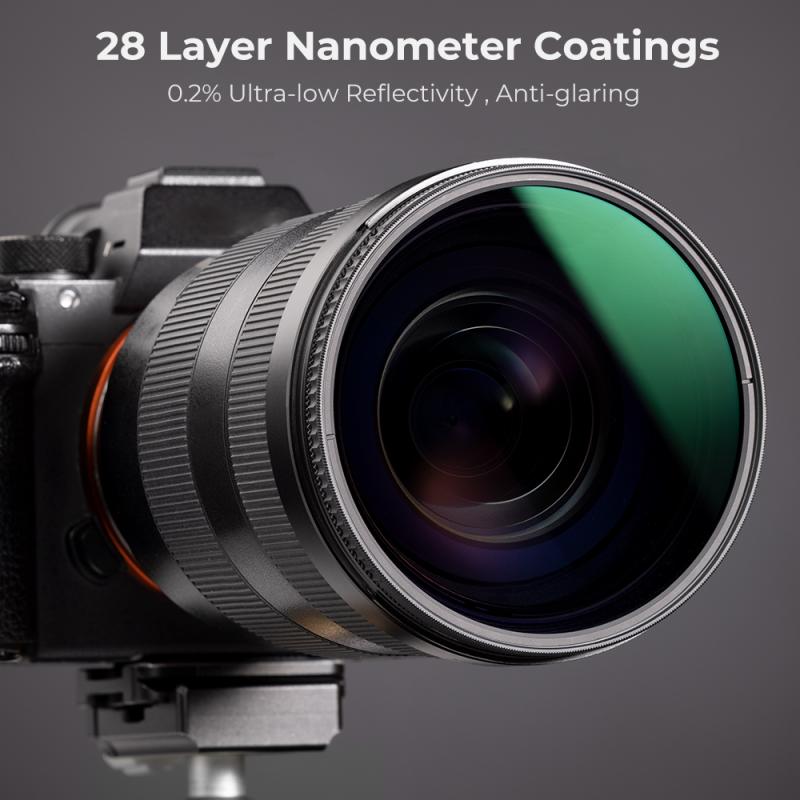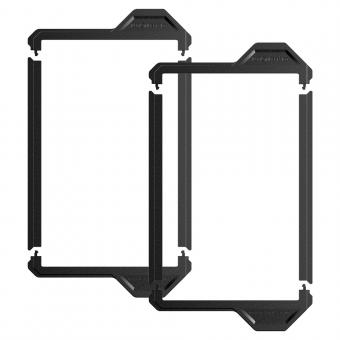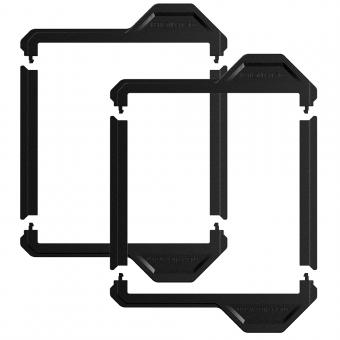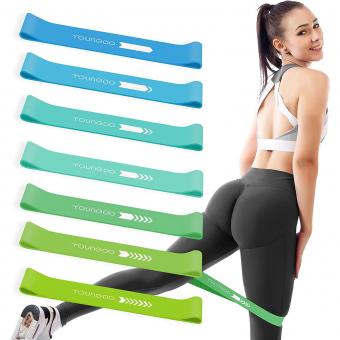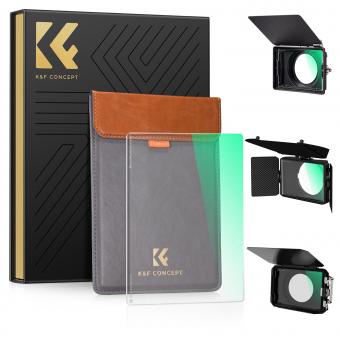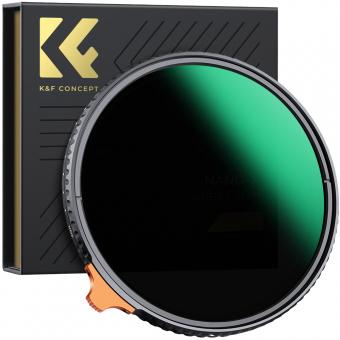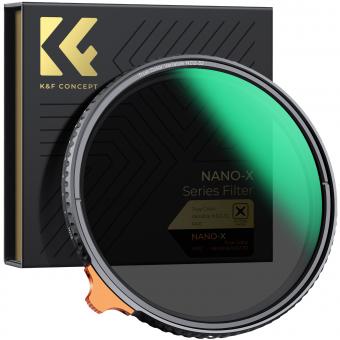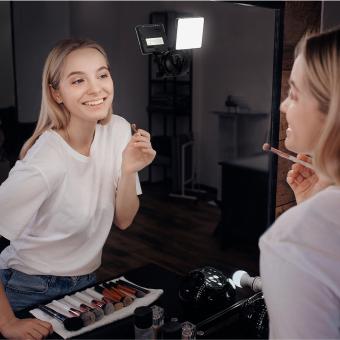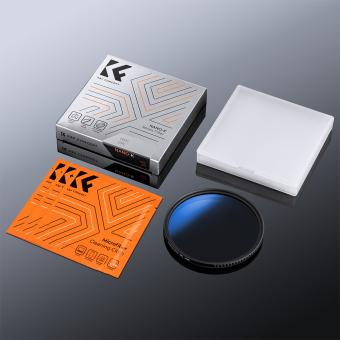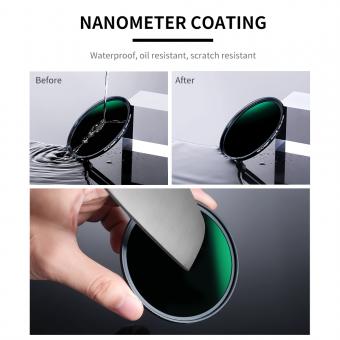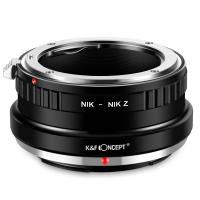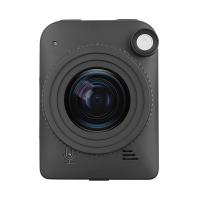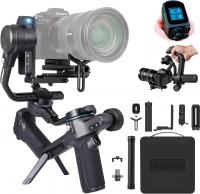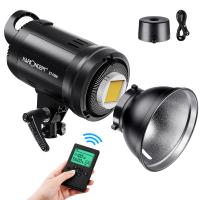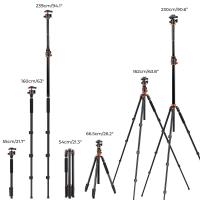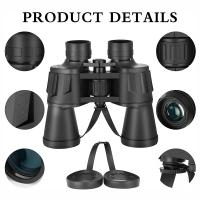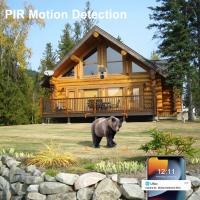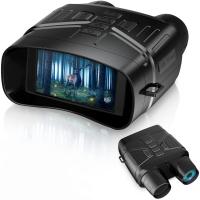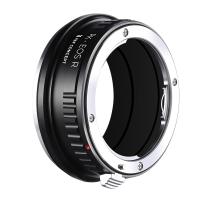What Strength Nd Filter For Video ?
The strength of an ND filter for video depends on the specific lighting conditions and desired effect. Common ND filter strengths for video include ND2 (1-stop reduction), ND4 (2-stop reduction), ND8 (3-stop reduction), and ND16 (4-stop reduction). However, the choice of ND filter strength may vary based on factors such as the brightness of the scene, desired depth of field, and shutter speed. It is recommended to experiment with different ND filter strengths to achieve the desired exposure and creative effect in your video footage.
1、 ND filter basics for video: Understanding the essentials
When it comes to choosing the right ND filter strength for video, there are a few factors to consider. ND filters, or neutral density filters, are used in videography to reduce the amount of light entering the camera lens without affecting the color or quality of the image. This allows videographers to achieve certain creative effects or maintain a desired shutter speed in bright lighting conditions.
The strength of an ND filter is measured in stops, which indicates the amount of light it blocks. Common ND filter strengths for video range from ND2 (1-stop reduction) to ND1000 (10-stop reduction). The choice of strength depends on the specific shooting conditions and desired effect.
In general, a lower ND filter strength like ND2 or ND4 is suitable for slightly reducing light in moderately bright conditions, such as shooting on a sunny day. These filters are commonly used for achieving a shallow depth of field or creating motion blur in videos.
For extremely bright conditions, a higher ND filter strength like ND8 or ND16 may be necessary to reduce the light enough to maintain a proper exposure. These filters are often used in outdoor settings with intense sunlight or when shooting with wide aperture lenses.
It's important to note that the choice of ND filter strength also depends on the camera's ISO sensitivity and aperture settings. Different cameras may require different filter strengths to achieve the desired exposure.
In terms of the latest point of view, advancements in camera technology have allowed for higher ISO capabilities, which means that videographers may not always need the highest ND filter strengths. Additionally, some cameras offer built-in ND filters that can be electronically adjusted, eliminating the need for physical filters.
Ultimately, the choice of ND filter strength for video depends on the shooting conditions, desired effect, and the specific camera being used. Experimentation and practice are key to finding the right balance and achieving the desired results.
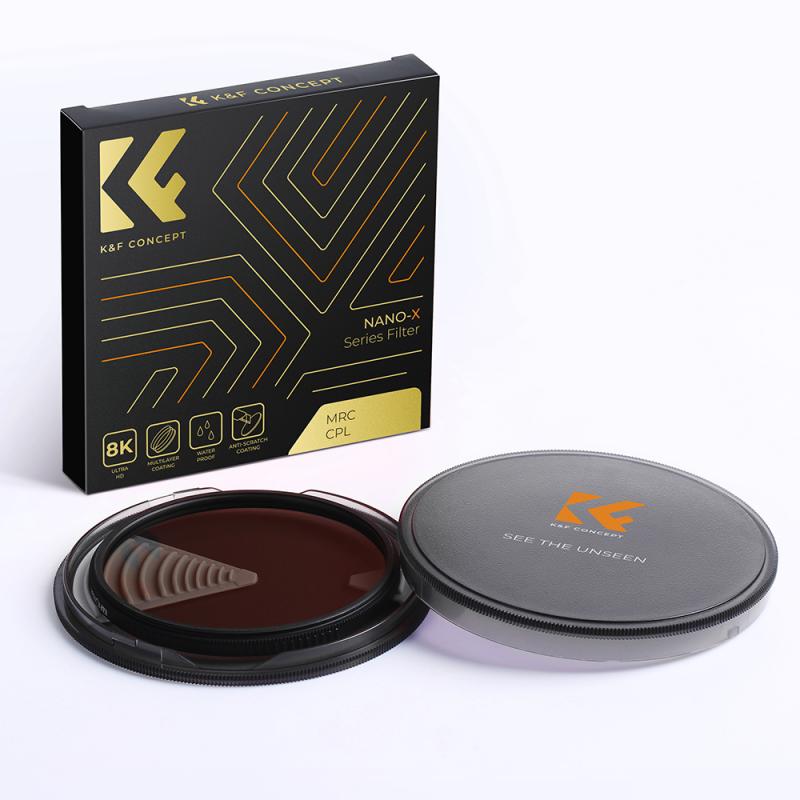
2、 Choosing the right ND filter strength for video shooting
When it comes to choosing the right ND filter strength for video shooting, there are a few factors to consider. The main purpose of an ND filter is to reduce the amount of light entering the camera, allowing you to use wider apertures or slower shutter speeds in bright conditions. This helps to achieve a more balanced exposure and control the depth of field.
The strength of an ND filter is measured in stops, indicating how much light it blocks. Common strengths include ND2, ND4, ND8, ND16, and ND32, with each stop representing a halving of the amount of light. The choice of ND filter strength depends on the shooting conditions and the desired effect.
In bright daylight conditions, a higher ND filter strength like ND16 or ND32 is typically used to reduce the amount of light entering the camera. This allows for wider apertures and slower shutter speeds, resulting in a shallow depth of field and smooth motion blur. These filters are particularly useful for achieving a cinematic look in outdoor settings.
On the other hand, in slightly less bright conditions, a lower ND filter strength like ND4 or ND8 may be sufficient. These filters still provide some light reduction, allowing for creative control over the exposure without completely blocking out the light.
It's important to note that the choice of ND filter strength also depends on the camera's ISO sensitivity and the desired shutter speed. Additionally, the latest point of view suggests that variable ND filters are gaining popularity among videographers. These filters allow for adjustable light reduction, providing flexibility in various shooting conditions.
Ultimately, the right ND filter strength for video shooting depends on the specific requirements of the scene and the desired creative outcome. Experimentation and practice will help you determine the ideal strength for different shooting scenarios.
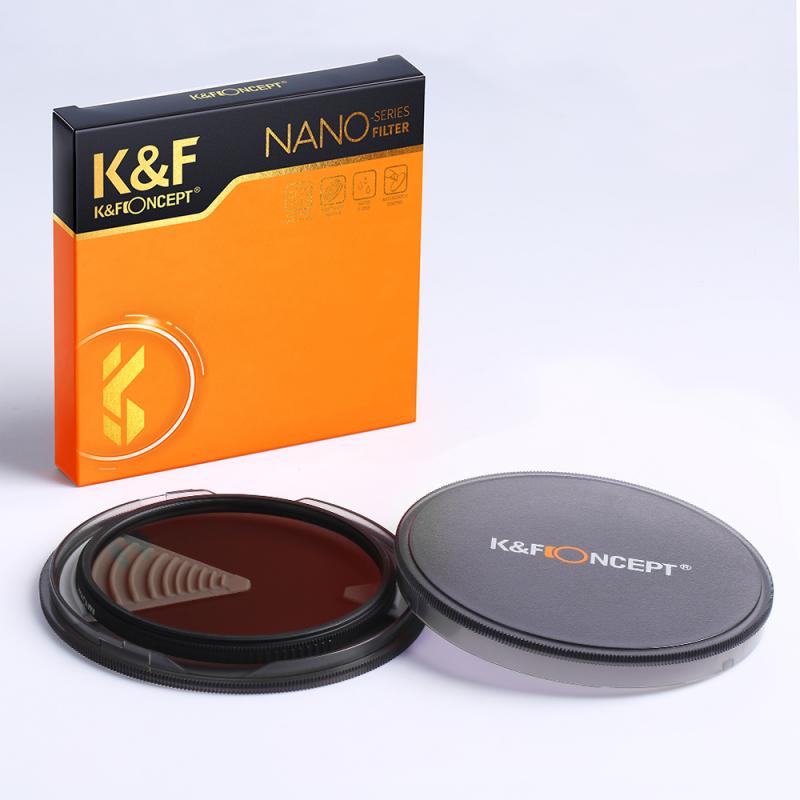
3、 Common ND filter strengths used in video production
Common ND filter strengths used in video production range from ND2 to ND64, with ND8, ND16, and ND32 being the most commonly used. The number associated with the ND filter indicates the amount of light it blocks, with higher numbers blocking more light.
ND2 filters are the lightest and are typically used in situations where only a slight reduction in light is needed, such as shooting in slightly bright conditions. ND8 filters are commonly used in outdoor settings with moderate sunlight, while ND16 filters are suitable for bright outdoor conditions. ND32 filters are used in very bright conditions, such as shooting in direct sunlight or snow-covered landscapes.
ND64 filters are the heaviest and are used in extremely bright conditions, such as shooting in the desert or on a sunny beach. These filters are less commonly used in video production, as they can significantly reduce the amount of light entering the camera and may require additional lighting equipment.
It's important to note that the choice of ND filter strength depends on the specific shooting conditions and desired creative effect. Some filmmakers may prefer to use a combination of filters or variable ND filters, which allow for adjustable light reduction. Additionally, advancements in camera technology, such as improved low-light performance, may influence the choice of ND filter strength.
Ultimately, the choice of ND filter strength for video production should be based on the specific shooting conditions, desired exposure, and creative intent. It's always recommended to test different filter strengths and assess the results to achieve the desired visual effect.
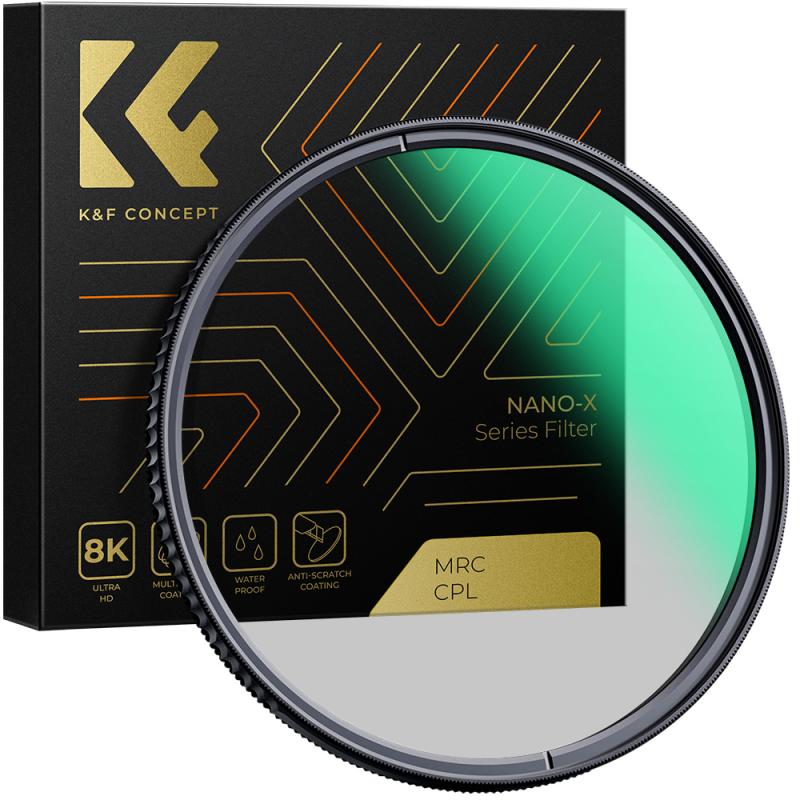
4、 Factors to consider when selecting an ND filter for video
When selecting an ND filter for video, there are several factors to consider. One of the most important factors is the strength of the ND filter. The strength of an ND filter is measured in stops, which refers to the amount of light the filter blocks. The higher the number of stops, the darker the filter and the more light it blocks.
The strength of the ND filter you choose will depend on the specific shooting conditions and the effect you want to achieve. If you are shooting in bright sunlight and want to achieve a shallow depth of field or create motion blur, you will need a stronger ND filter, such as a 6-stop or 10-stop filter. These filters will significantly reduce the amount of light entering the camera, allowing you to use wider apertures or slower shutter speeds.
On the other hand, if you are shooting in low light conditions or want to capture motion without blur, you may opt for a lighter ND filter, such as a 2-stop or 3-stop filter. These filters will still reduce the amount of light, but not as drastically as the stronger ones.
It is also important to consider the specific camera and lens combination you are using, as different lenses may require different strengths of ND filters to achieve the desired effect. Additionally, the type of video you are shooting, such as landscapes or fast-paced action, may also influence your choice of ND filter strength.
In terms of the latest point of view, advancements in camera technology have made it possible to shoot in higher ISOs without significant loss of image quality. This means that in some situations, you may not need as strong of an ND filter as you would have in the past. However, it is still important to consider the specific shooting conditions and desired effect to determine the appropriate strength of the ND filter for your video.
